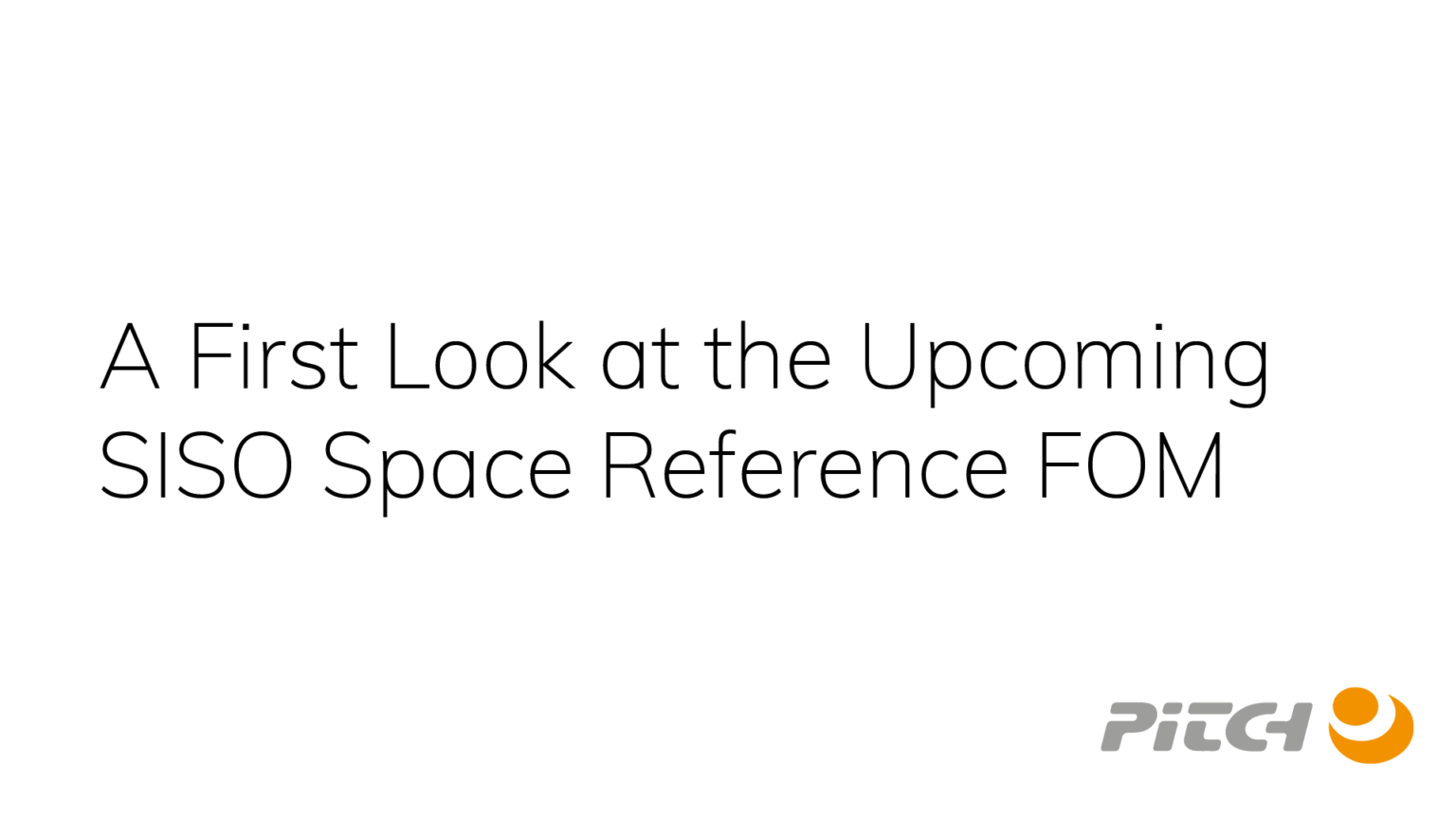SISO SIWzie award winner
ABSTRACT: Spaceflight is difficult, dangerous and expensive; human spaceflight even more so. In order to mitigate some of the danger and expense, professionals in the space domain have relied, and continue to rely, on computer simulation. Simulation is used at every level including concept, design, analysis, construction, testing, training and ultimately flight. As space systems have grown more complex, new simulation technologies have been developed, adopted and applied. Distributed simulation is one of those technologies.
Distributed simulation provides a base technology for segmenting these complex space systems into smaller, and usually simpler, component systems or subsystems. This segmentation also supports the separation of responsibilities between participating organizations. This segmentation is particularly useful for complex space systems like the International Space Station (ISS), which is composed of many elements from many nations along with visiting vehicles from many nations. This is likely to be the case for future human space exploration activities. Over the years, a number of distributed simulations have been built within the space domain. While many use the High Level Architecture (HLA) to provide the infrastructure for interoperability, HLA without a Federation Object Model (FOM) is insufficient by itself to insure interoperability.
As a result, the Simulation Interoperability Standards Organization (SISO) is developing a Space Reference FOM. The Space Reference FOM Product Development Group is composed of members from several countries. They contribute experiences from projects within NASA, ESA and other organizations and represent government, academia and industry. The initial version of the Space Reference FOM is focusing on time and space and will provide the following: (i) a flexible positioning system using reference frames for arbitrary bodies in space, (ii) a naming convention for wellknown reference frames, (iii) definitions of common time scales, (iv) federation agreements for common types of time management with focus on time stepped simulation, and (v) support for physical entities, such as space vehicles and astronauts.
The Space Reference FOM is expected to make collaboration politically, contractually and technically easier. It is also expected to make collaboration easier to manage and extend.
Authors: Björn Möller, Edwin Z Crues, Dan Dexter, Alfredo Garro, Anton Skuratovskiy, Alexander Vankov
Publication: Proceedings of 2016 Fall Simulation Interoperability Workshop, 2016-SIW-017, Simulation Interoperability
Standards Organization, September 2016

